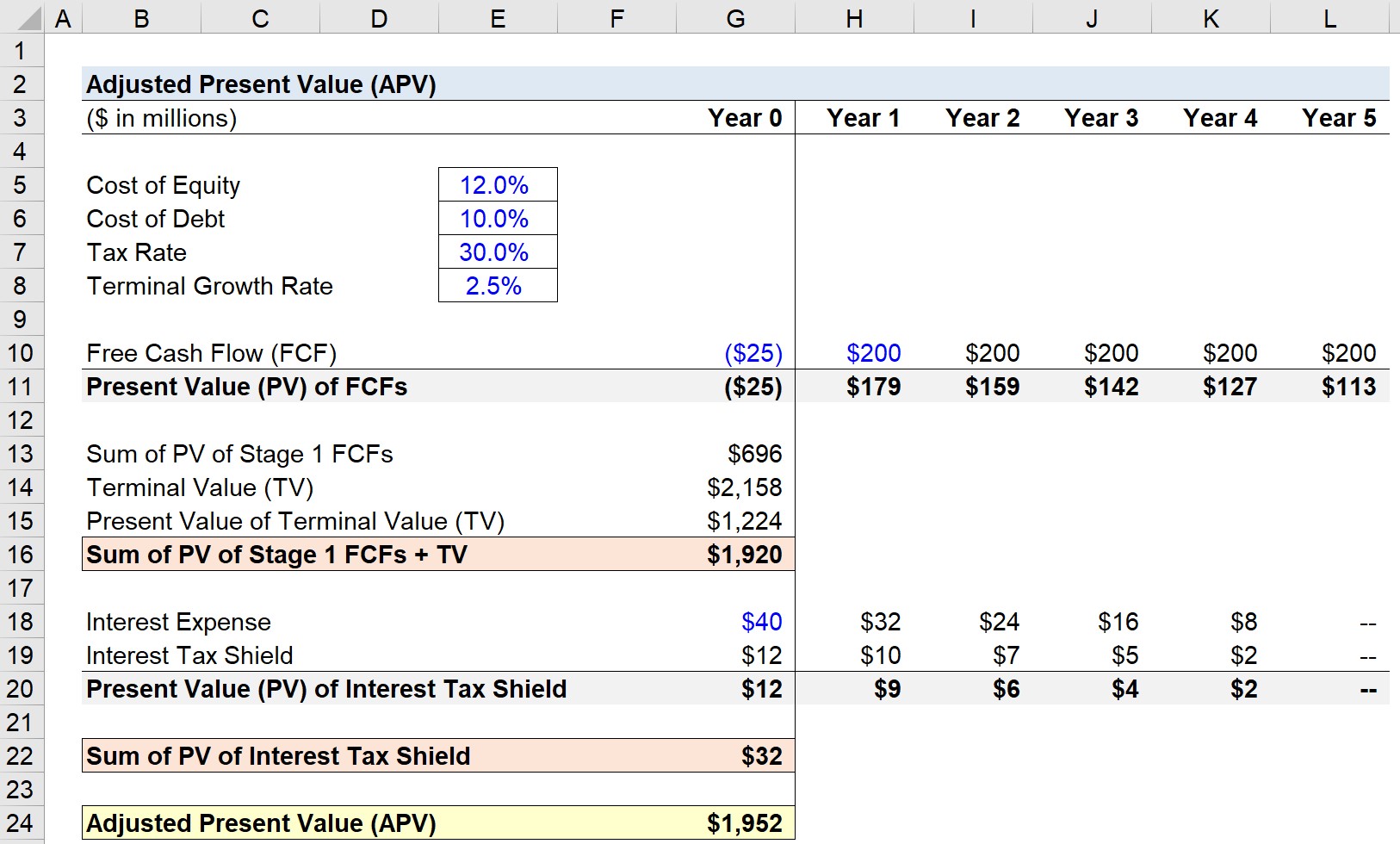
A notable shift in the traditional development pipeline for young North American hockey prospects is on the horizon. Reports indicate that the recently ratified Collective Bargaining Agreement (CBA) between the National Hockey League (NHL) and the National Hockey League Players` Association (NHLPA) contains a specific provision designed to offer NHL teams a new degree of flexibility with certain junior-aged players.
According to insider reports following the agreement`s ratification, the new CBA includes a clause permitting each NHL franchise to assign one player who is
Historically, the general rule has mandated that players drafted from the CHL who are under the age of 20 must either secure a roster spot on their NHL team or be returned to their CHL club. They were typically ineligible to play in the AHL. This arrangement was established, in part, to protect the competitive integrity and business model of the CHL, serving as the primary development ground for a significant portion of NHL talent. While effective in many respects, it sometimes meant highly talented prospects who might have benefited from facing professional competition had to spend another year in the junior ranks, even if they were perceived to have outgrown the level of play.
The new provision introduces a precise exception to this long-standing principle. It is specifically limited to players who have reached their 19th birthday, effectively targeting players who have already completed at least one full season in the CHL after their draft year. It is crucial to understand that this flexibility
The strategic impact of this single-player assignment slot per team should not be underestimated. For an NHL club, it provides a valuable tool to tailor the development path of a specific high-potential prospect. Instead of an “NHL or junior” binary for 19-year-olds, there is now a third option: the AHL. This allows teams to place a player who might be ready for a higher level of competition than the CHL but not quite prepared for the demands of the NHL, into a professional environment known for its rigorous schedule and more mature competition. It grants teams enhanced control over a prospect`s environment during a critical developmental year.
This modification is reportedly just one element of a comprehensive new CBA framework, which is slated to take effect beginning with the









